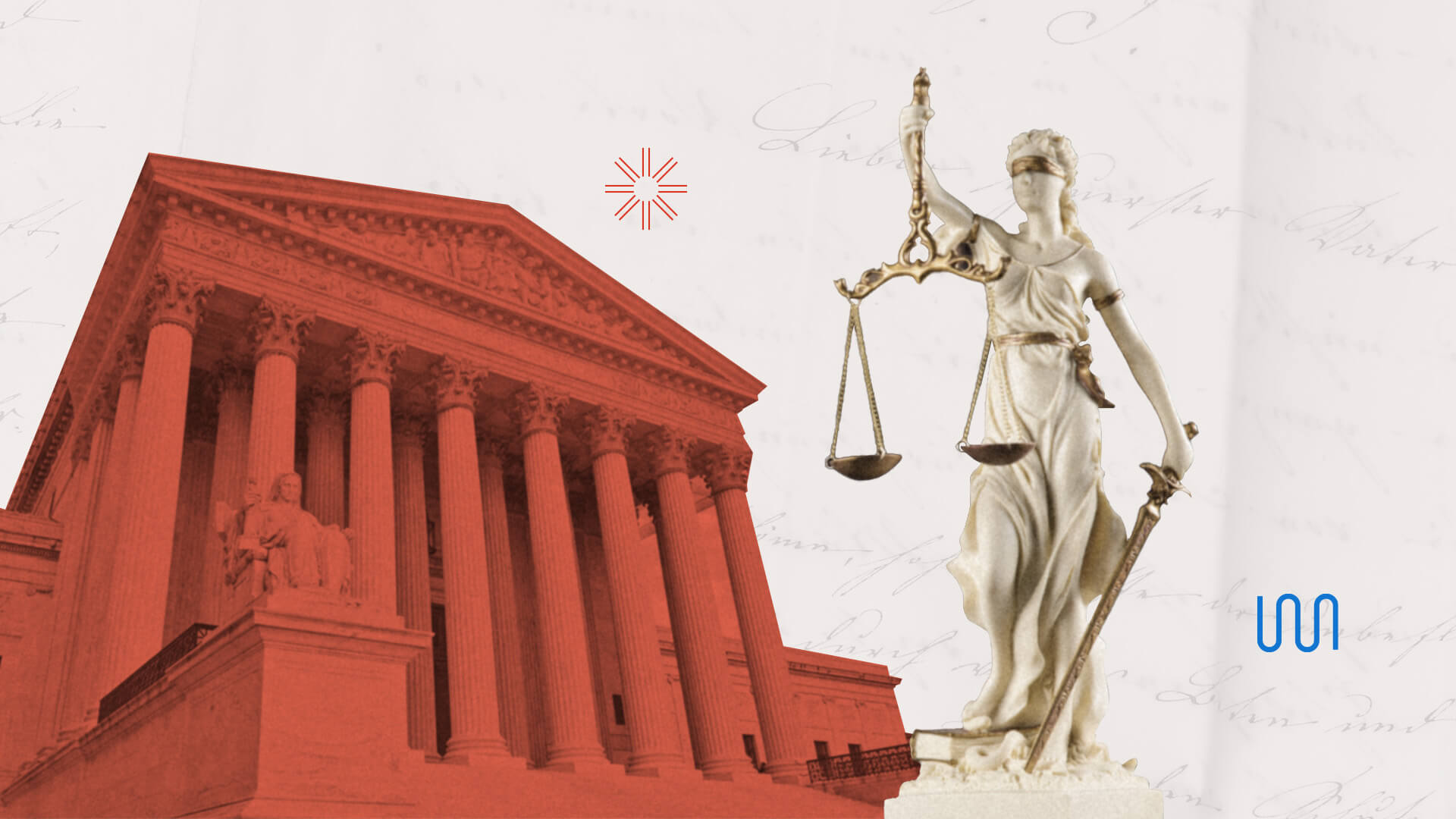
Legal technology is becoming increasingly prevalent. Though law firms may be slow to adopt digital processes, the way people work is changing and there are solutions available for those who are open to adapting. eDiscovery software is one such technology that is altering the legal world.
Here’s what you need to know about eDiscovery software.
eDiscovery software
Let’s start with definitions: “discovery” is the legal process governing the right to obtain — and the obligation to produce — pre-trial matter in litigation. Both parties are required to exchange information about the witnesses and evidence they’ll present at trial. Attention to detail (and data) is imperative to building a winning case. The last thing any lawyer wants is for a key piece of information to slip under the radar, buried in a haystack of emails, files, or databases.
eDiscovery pertains to electronically stored information (ESI), which increasingly involves a lot of critical data: emails, cloud-based files, databases, Slack messages, social media, texts, GPS data, IoT devices, and more. Whether in litigation, internal investigations, or audits, there are often mountains of ESI. eDiscovery software helps lawyers process, upload, review, tag, and produce material for a lawsuit or investigation. Deployed efficiently, eDiscovery software helps attorneys zero in on valuable information — reducing time, risks, and frustration in the process. These tools can also automate the more tedious steps of discovery, such as data ingestion, file indexing, and virus scanning.
Why now?
For a long time, discovery was a paper process. Document review attorneys would spend days (or even weeks) tediously laying out, sorting, and tagging potential evidence on big long tables or in rooms filled with file cabinets.
But in March 2020, offices shut down and law firms went remote almost overnight. Up until then, many lawyers had shied away from cloud-based technologies, thinking them less secure than on-premise software and storage. Things like recording depositions over Zoom, for example, may have been a hard sell at some places. But in 2020, suddenly there was no other option. Not only that, corporate clients (and, by extension, pre-trial matter) transitioned to cloud as well. eDiscovery adoption is no longer a choice to weigh, but a reality to navigate.
The benefits
Once data is loaded onto eDiscovery platforms, legal teams can start collaborating right away. In fact, you can almost use eDiscovery like Google for case materials: plugging in search terms to scan documents, sorting information by metadata (e.g. date created, document author), or tagging files to organize them.
eDiscovery software can drastically cut down on the number of documents needing review. The software can cull duplicate files or information tagged as outside the scope of review, and automatically Bates stamp documents that are processed as ready. It’s also easy to apply redactions or create versions of documents that can be securely shared with outside parties.
These efficiencies serve the interest of clients, of course, and they also help firms fulfill their ethical obligations pertaining to ESI and compliance. In a recent case, a judge hit a firm with heavy sanctions for failing to be competent with ESI handling, saying “It is no longer amateur hour. It is way too late in the day for lawyers to expect to catch a break on eDiscovery compliance because it is technically complex and resource-demanding.”
New tech for a new era
The most compelling case for investing in eDiscovery software is that, quite simply, the digital world is only getting bigger, faster, and more complex.
For law firms looking to the future, it’s important to consider how to work with new technologies that clients use. These technologies will shapeshift into ESI material in future legal work. And of course, this type of disruption can change the world of eDiscovery itself. Take a minute to consider the ramifications of:
- Artificial intelligence. AI-driven review is already being used in eDiscovery to identify or scan for critical information in pre-litigation materials. Could AI end up writing internal emails about document review?
- Blockchain. Distributed databases can be extremely complex — and extremely secure. The future of eDiscovery software might live on the blockchain.
And, of course, the complexity of discovery grows when data moves around the globe (post-2020, this is happening faster than ever before). eDiscovery can help firms navigate privacy, protection, and storage laws across borders and jurisdictions. With new tech for a new era, it’s only natural for there to be a bit of resistance. But eDiscovery software is a bridge to the future in the legal world — helping clients, business, and lawyers themselves.



